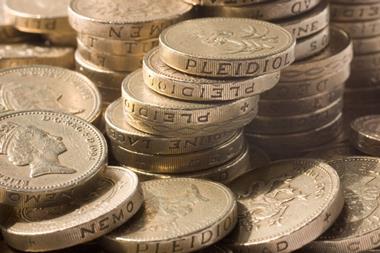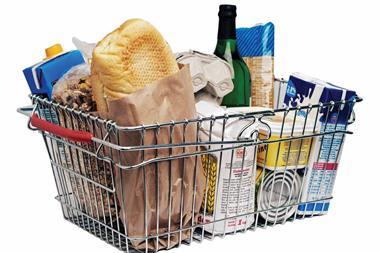Overall shop prices deflated 0.5% year-on-year last month, off a 0.8% decline in March, marking the shallowest rate of deflation in over three years.
Non-food deflation slowed to 1.4% in April from the 2.0% decline in March, according to the latest figures from the British Retail Consortium (BRC) Nielsen shop price index.
This is the shallowest price drop since April 2013.
BRC chief executive Helen Dickinson said: “Non- food categories were the biggest contributor to the easing of overall deflation this month, recording the shallowest rate since April 2013.”
Food prices
Food inflation slowed to 0.9%, compared with the 1.0% rise in March, with fresh food prices rising 1% in April and ambient food prices rising 0.8%.
In March, ambient food prices inflated 1.3%.
“Food inflation paused and remains at around 1%. This is actually relatively low in the in the face of input costs that are rising much faster,” Dickinson said.
The big picture
Dickinson points out that these figures mark the four-year anniversary of falling shop prices as “competition in the industry continues to keep a lid on prices for consumers”.
However, she adds: “The rate of deflation has been decelerating month-on month as retailers battle with inflationary pressures resulting from the impact of the weaker pound on input prices.
Outlook
Looking ahead, Dickinson said that prices are “undoubtedly on an upward trajectory”, which is expected to play out over the course of the year.
“With the squeeze on household incomes tightening, the retail industry expects plans from the next Government that puts consumers first in the Brexit negotiations, ensuring that ordinary shoppers are protected from the cost of unwanted new tariffs.”
Nielsen head of retailer and business insight Mike Watkins added: “In the non-food channel and with a late Easter there was a need to stimulate demand and clear stock in readiness for summer ranges, and seasonal promotions also kept prices low as retailers looked to increase footfall and maintain consumer spend.”


























No comments yet